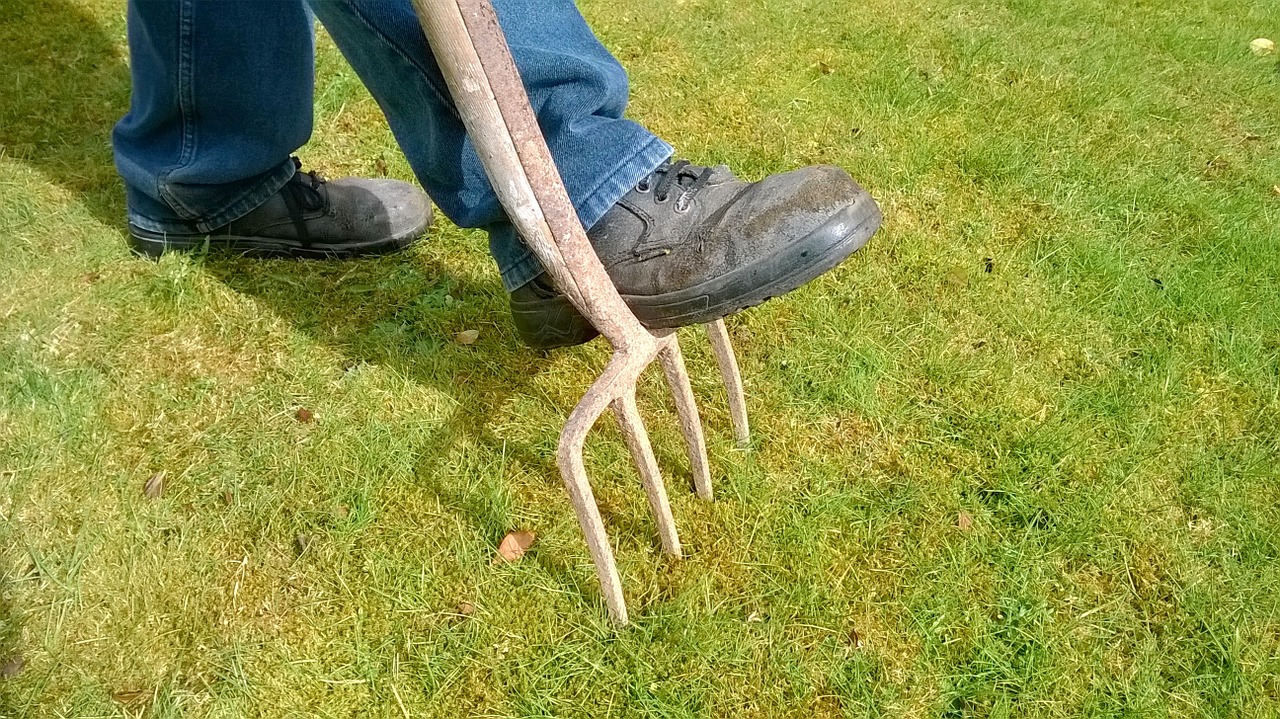There’s nothing quite like stepping onto freshly mown grass without any footwear. Especially when you know that a loved lawn also pays you back when you end up selling, this is because a well-maintained lawn will almost always give you back 100 percent of your investment. Here are some yard maintenance pro tips for each season.
Early Spring
Just like other yard maintenance jobs, the processes end up going smoother and provides you with better results when you’re adequately prepared. It’s essential yard maintenance pro-tip number one. Here are some other yard maintenance tips that you should follow in the early spring:
Sharpen Mower Blades
By sharpening your mower blades early on, you’ll ensure that you’re getting clean cuts when it’s time to start mowing your lawn. Dull blades can tear the grass, which leaves you with rough edges that end up discoloring your lawn and inviting pathogens.
Sharpen your mower blades at least once a month during the mowing season, and always have an additional sharpened blade on hand for when your blades do dull out.
Tune Up the Mower
You want to make sure that your lawn mower is in tip-top shape before the mowing season. To do this, get your mower a new air filter and sparkplug. While your mower might not require you to change the sparkplug every year, changing it is easy to do and ensures that you won’t forget about when you last replaced the sparkplug.

Purchase New Gas
Gas that has been left to sit during the winter can add moisture to the gas that can harm small engines. This is especially true of ethanol fuel, so make sure that you’re using regular gas grades.
If you have to dispose of gasoline, ask your county or city for local disposal sites that accept your old fuel. This is to ensure that you’re properly disposing of the gas and not just dumping it onto the ground.
Clean Your Lawn
It’s time to pull out your rakes and get rid of any leaves and twigs that have accumulated on your lawn during the winter. Having a thick layer of wet, dead leaves can smother your grass if it’s not removed during the early spring.
Plus, cleaning up any old leaves and twigs can help prepare you for applying herbicides and fertilizers.
Spring
Your grass might start growing quickly in the spring, depending on the weather in your area, so you should be prepared for the first lawn mowing session. Remember to avoid mowing your grass when it’s wet – this can spread diseases and clog up your mower. Here are some other yard maintenance tips for the spring:
Apply Fertilizer

The fall and spring are both great times to apply fertilizer to your lawn. If you live in the northern part of the country, where the winters are freezing, you should fertilize in the fall – cool weather grass becomes dormant in the winter and stores energy in their roots to use in the spring.
The rest of the country should fertilize its grass when it starts its most active growth. For the best results and a healthy lawn, make sure that you’re following the application directions for the product you’re using.
Aeration
Aerating creates small holes in your lawn so that oxygen, water, and fertilizers can reach the grassroots. When you aerate, make sure that you’re is moist, but not soaked, so that the aeration machine is easy to use.
Pre-Emergent Herbicides
Spring is the time to apply pre-emergent herbicides to stop the growth of crabgrass and other weeds. Having a soil thermometer is handy when you’re doing this. When your soil reaches a temperature of 58 degrees, this is the temperature that crabgrass grows, and it’s time to apply your herbicide.

Summer
A good mantra to have during the summer, when it’s mowing season: The taller the grass, the deeper the roots, the fewer the weeds, and the more moisture the soil holds between watering.
With this in mind, here are some yard maintenance tips to keep your lawn green and healthy:
Early Fall
Early fall is the best season for patching up thin or bare spots, especially since the dry, hot summer days have turned into cooler temperatures. Follow the following simple yard maintenance tips:
Fall
The main yard maintenance requirements for the fall are to keep the lawn free of debris and leaves. You can utilize a mulching mower to chop up the fallen leaves and add those cut up leaves to your soil, but make sure that you’re removing any large clumps, so they don’t destroy your grass.
In the northern part of the county, fall is when you should fertilize your lawn. This is because the grass stores nutrients from the fertilizer in its roots because it goes dormant during the winter. Once spring hits, your yard will be ready to start growing when the ground becomes warmer.



